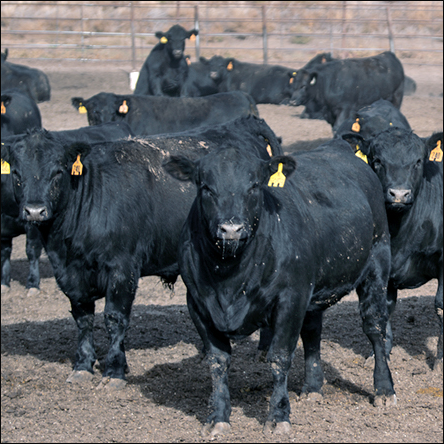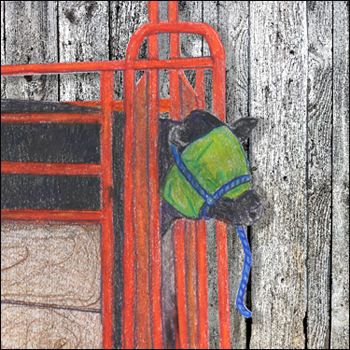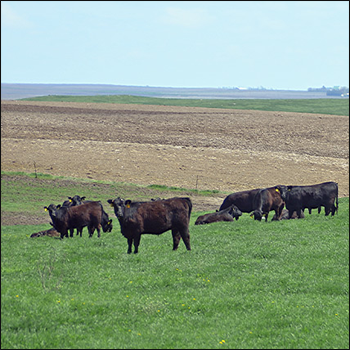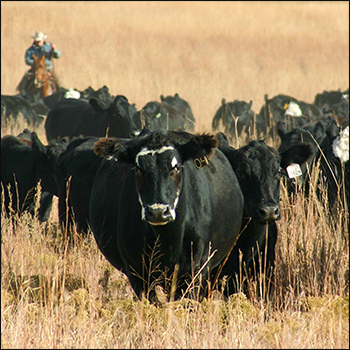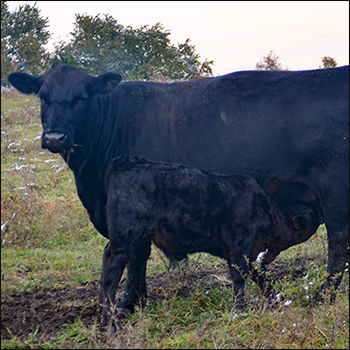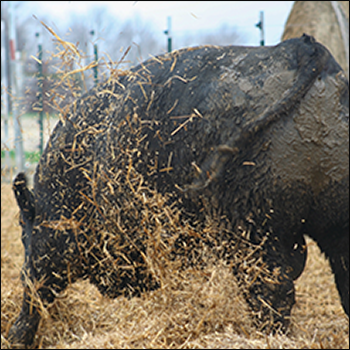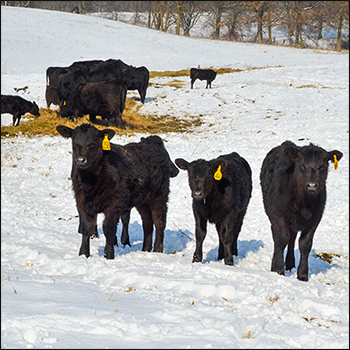Cost-effective Management Practices
Make cattle make more for you.
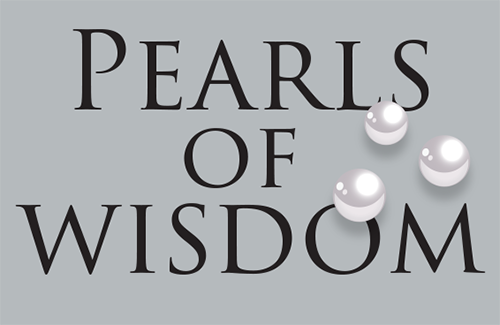
Breeding and raising cattle should be a profitable business, but that’s easier said than done when the markets are low. Having a budget, paying attention to income and expenses, and trying to use cost-effective management practices can help ensure your herd can make money — even when times are tough.
Recordkeeping is the only way to know exactly what’s coming in and going out, where the money is being spent, and whether you are operating at a profit or loss.
Feed, especially winter feed, is usually the biggest input item. If you have to buy hay or feed of any kind, shop around and find the best value for the money. If it’s a good buy, make sure it’s something that will provide the nutrients your cattle need. Some feedstuffs might be cheap, but if the supply is far away and it costs a lot in freight, it might not be a savings. Make sure you can provide a balanced ration when using cheaper feed. It won’t be cheap if your cattle end up with a nutritional imbalance that leads to sickness, infertility, or poor calf performance.
Extending the grazing season is one of the best management practices to reduce costs. This might mean using rotational grazing, planting summer annuals that can provide grazing into fall and winter, stockpiling pastures to save for later, or using windrow or bale grazing. Anything that will allow cattle to feed themselves, rather than you hauling harvested feed to them, will save time and money.
Perhaps the biggest way to save money is to make sure your production system is as efficient as possible, especially with regard to your cow herd and overall management. It’s easy to be penny-wise and pound-foolish — pinching pennies and saving money on the small things, yet losing or wasting money on the big things. The goal is to lower your costs of production while optimizing your end product. This means working toward more profitable cows that raise good calves — the kind of calves you want to keep as replacement heifers or sell as breeding or beef animals.
This means improving the health and fertility of the herd and optimizing production of your pastures, hay crops, etc., with the least input costs. There are a number of tools that can help with these goals, including pregnancy testing; strategic vaccinations; use of calving-ease genetics; and taking advantage of bloodlines that are fertile, efficient and trouble-free. You want to produce fertile, long-lived cows, so fewer replacement females are needed and feed is saved for the cows that are already producing calves. Working toward a more efficient cow herd that requires fewer expensive inputs and adapting grazing systems that minimize use of harvested feeds are the best ways to make more money in the cattle business.
Cost-effective management includes practices that help reduce illness in calves from birth through weaning. Make sure pregnant cows have proper vaccinations ahead of calving so they can provide optimum protection for their calves via colostrum. Make sure cows and calves have adequate feed and pasture while the calves are growing.
Keeping cattle healthy and preventing illness and death loss is the goal. This usually means strategic calfhood vaccinations at proper times in the calf’s life. Low-stress weaning methods keep calves healthy through the weaning process and after. Finding ways to winter weanlings inexpensively while still optimizing growth is often beneficial. Letting calves spend winter at pasture is a healthier environment than confined in a feedyard while using supplemental feed, if necessary.
Ways to cut total expenses
Take a close look at what is being spent — and why — weekly, monthly and yearly. Then prioritize expenditures. Look at personal expenses, as well as what you spend on the cattle. Do you need to buy a new tractor, build a new fence or purchase a new chute? Can you fix the old one adequately with less expense? With some expenditures, ask yourself if this is something you really need or something you want. Sometimes savings can be immediate, like resisting the desire to buy something you can do without. Sometimes they are long-term, such as from choosing a higher-quality item that might cost more today but lasts longer.
Editor’s note: Heather Smith Thomas is a freelance writer and a cattlewoman from Salmon, Idaho. Photo by Kasey Brown.

Angus Proud
In this Angus Proud series, Editorial Intern Jessica Wesson provides insights into how producers across the country use Angus genetics in their respective environments.
 Angus Proud: Scott Sproul
Angus Proud: Scott Sproul
Oklahoma operation learned wisdom of moving calving season to better suit their marketing needs.
 Angus Proud: Bubba Crosby
Angus Proud: Bubba Crosby
Fall-calving Georgia herd uses quality and co-ops to market calves.
 Angus Proud: Jim Moore
Angus Proud: Jim Moore
Arkansas operation retains ownership through feeding and values carcass data.
 Angus Proud: Les Shaw
Angus Proud: Les Shaw
South Dakota operation manages winter with preparation and bull selection.
 Angus Proud: Jeremy Stevens
Angus Proud: Jeremy Stevens
Nebraska operation is self-sufficient for feedstuffs despite sandy soil.
